Visit Zenkoji Temple and the Nakamise Shopping Street in Nagano, Japan
Did you know that Nagano was once a temple town back in the feudal era? Known as a Monzen-Machi, Nagano revolved around Zenkoji Temple, which is also known as one of Japan’s three most sacred sites. The temple is one of Japan’s most revered pilgrimage destinations, and has been designated as a national treasure.
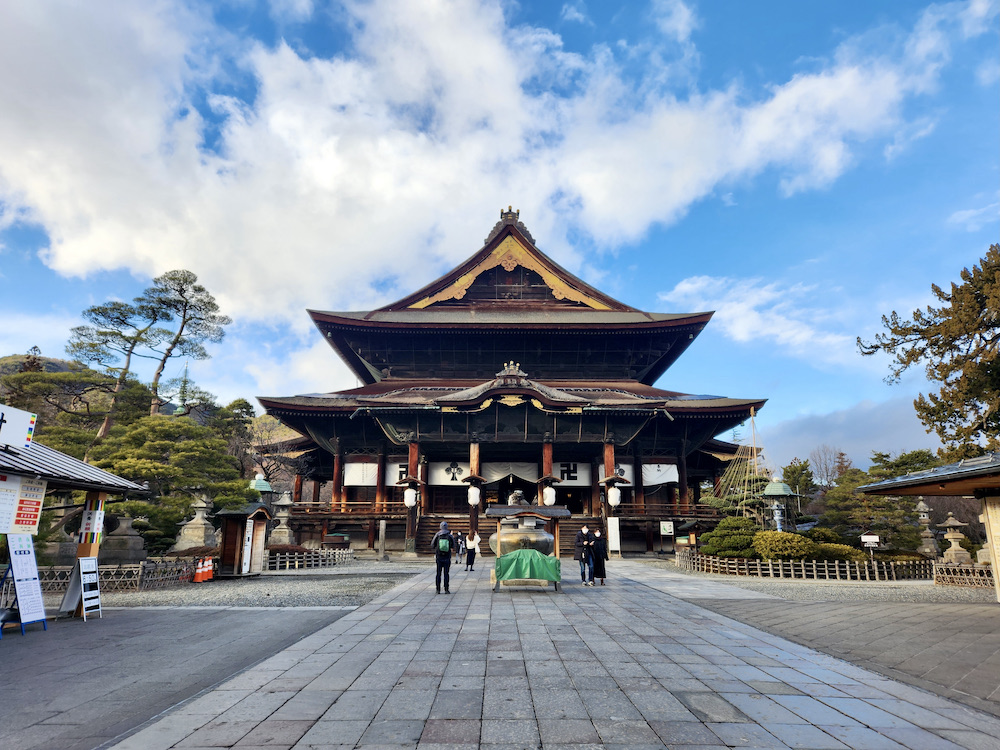
According to legend, the first Buddha statue (Hibitsu) ever brought into Japan is housed within the temple. It’s said that no one has seen the actual Hibitsu since the 17th century; however, a copy is now shown to the public every six years.
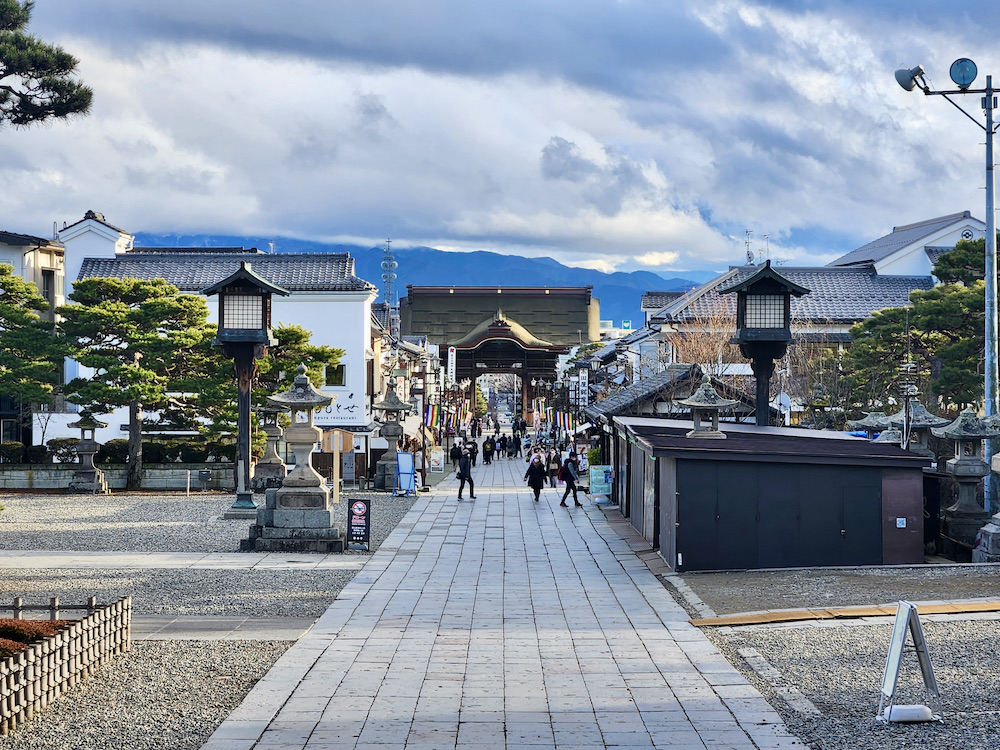
You’ll first pass through the Nioman Gate, which has two 4.8-metre-tall guardian statues (Agyo and Ungyo) standing sentinel.
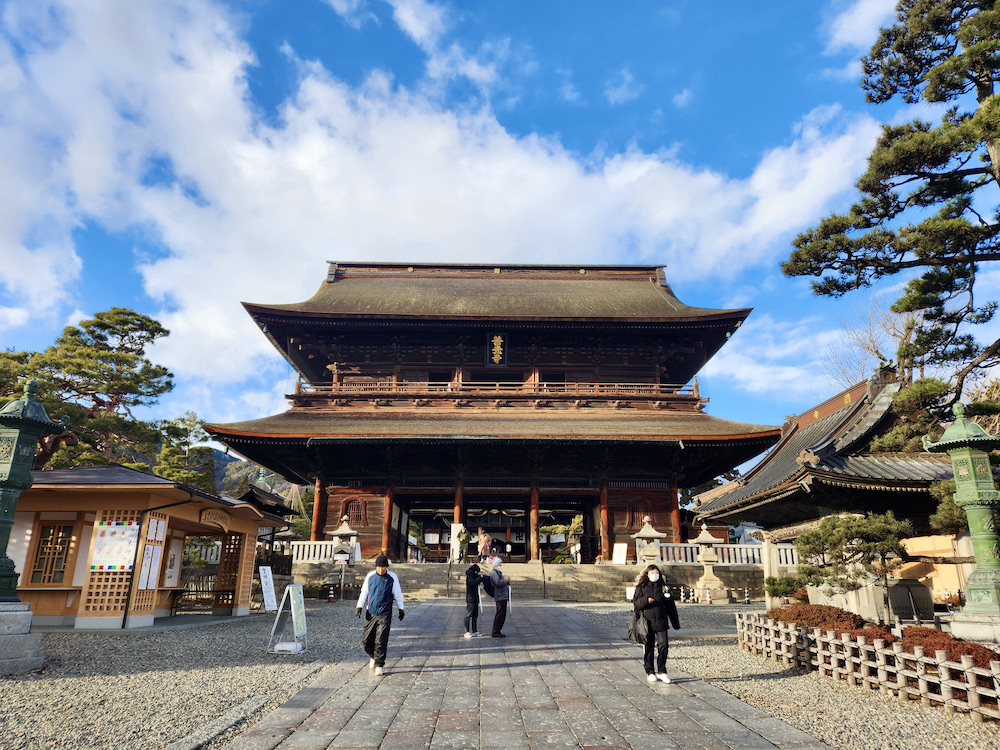
Next is the main Sanmon gate, which has a two-tier roof.
The main hall itself is Japan’s third largest, and is reputed especially for its basement. There, visitors go through an underground passage — in pitch dark, mind you — in search of a sacred key. This key is said to be touching the Hibitsu, and is thus the closest you can get to the statue. It’s said that whoever touches the key will be able to attain eternal salvation.
Keep an ear out for the bells, which will be run every day on the hour from 10am to 4pm. These bells were also rung at the commencement of the 1998 Winter Olympics. Before you leave, don’t forget to drop by the incense burner that’s placed in front of the temple. It’s a common practice for visitors to fan the smoke from the burner on their bodies; doing so is said to bring prosperity.
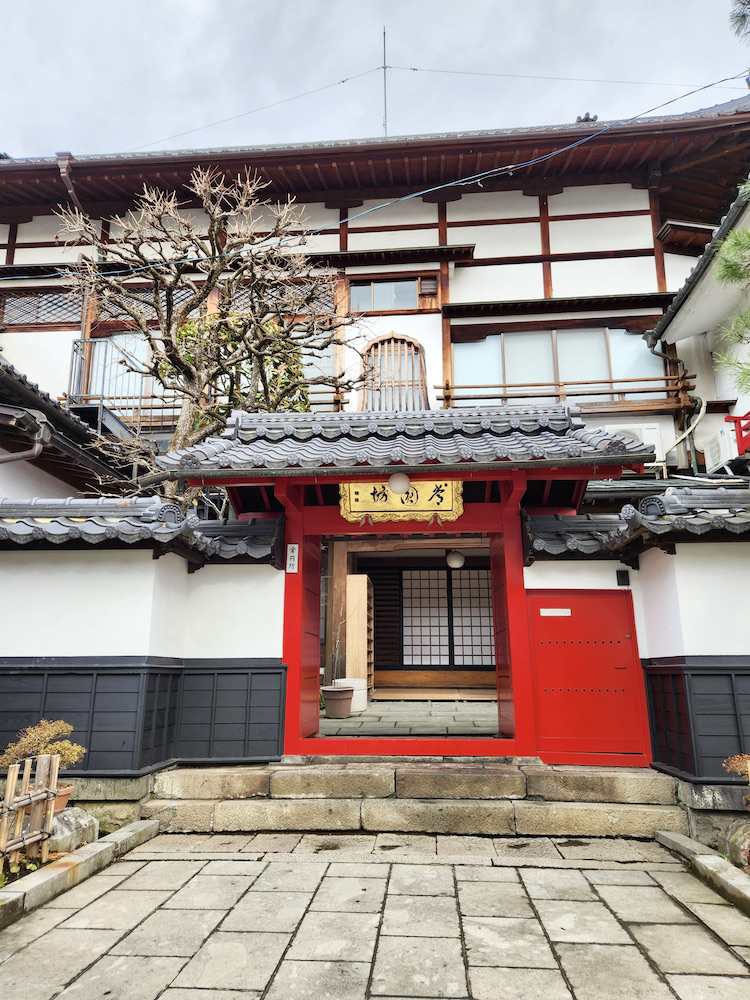
The street leading to Zenkoji Temple is filled with 39 shukubo, otherwise known as traditional temple lodgings. During your stay, you’ll get to join the Oasaji, a daily morning service held at sunrise; and try Shojin Ryori, vegetarian cuisine eaten by the monks.
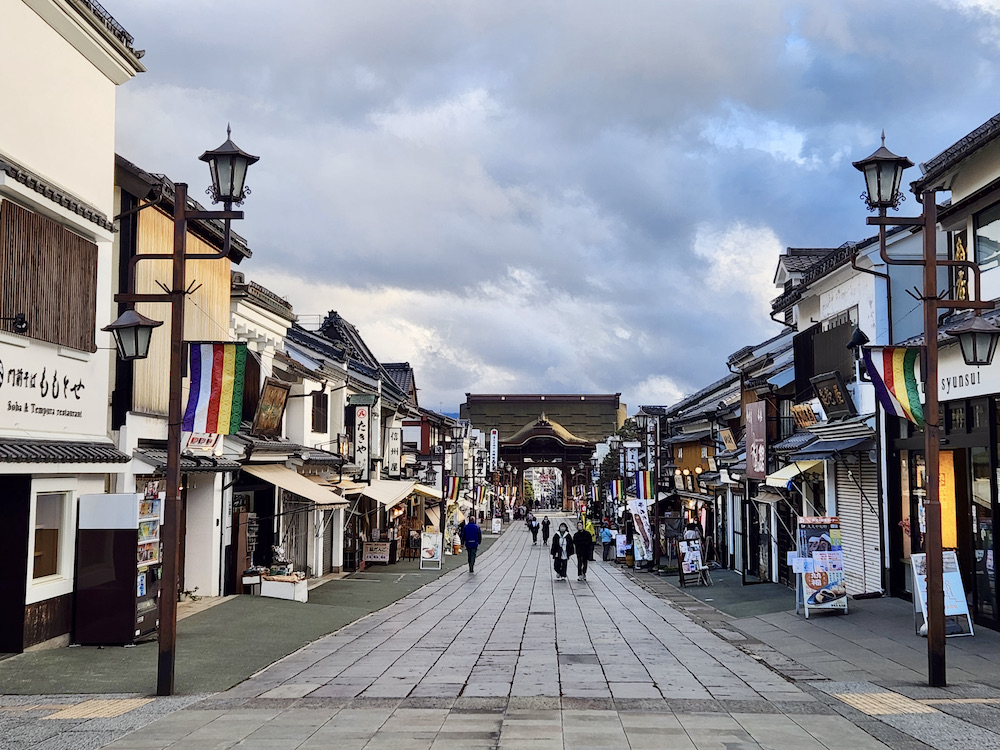
After you enter the Nioman Gate, or before you leave, check out the stone-paved Nakamise Street — the walkway of which was made from 7,777 stones.
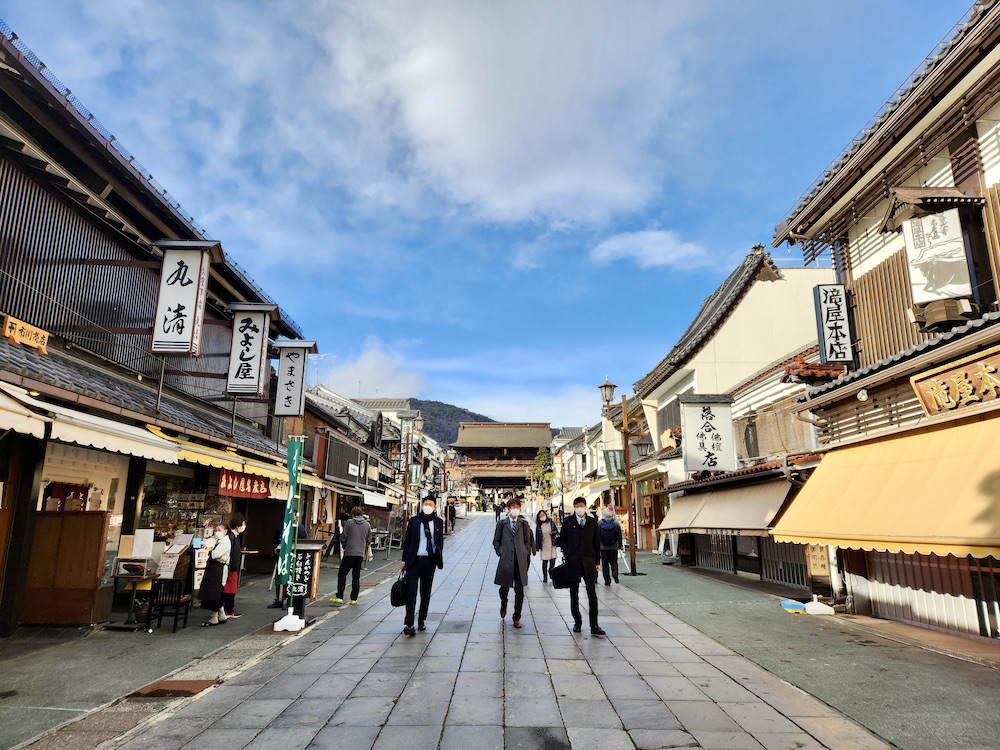
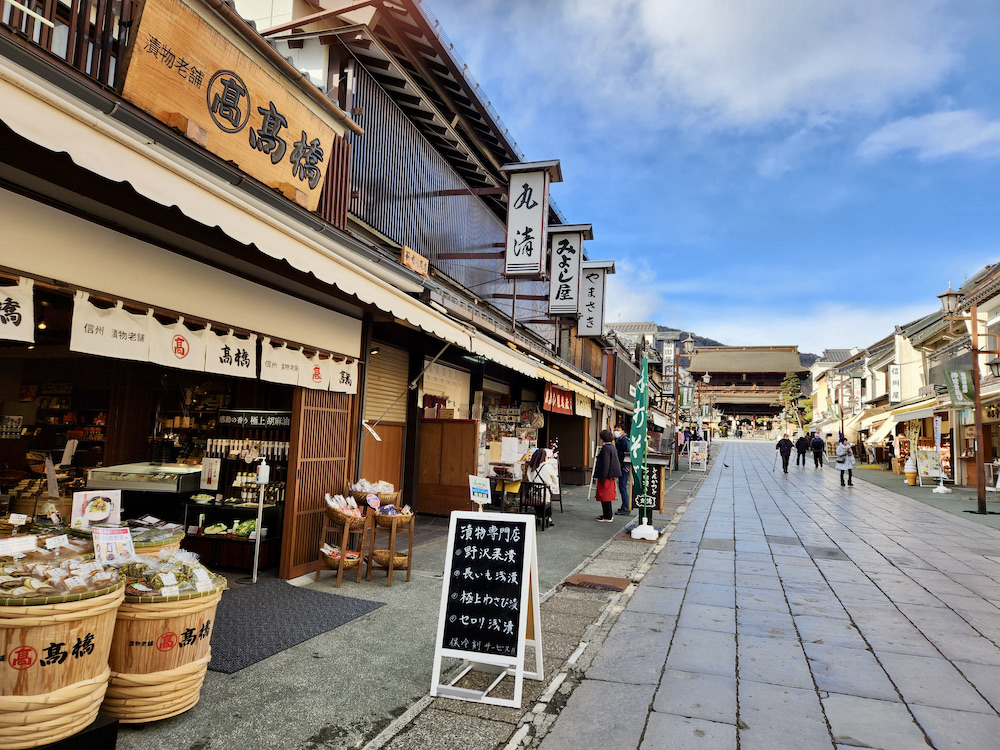
Meaning “the street of shops within the temple ground”, Nakamise is filled with restaurants, cafés, and souvenir shops.
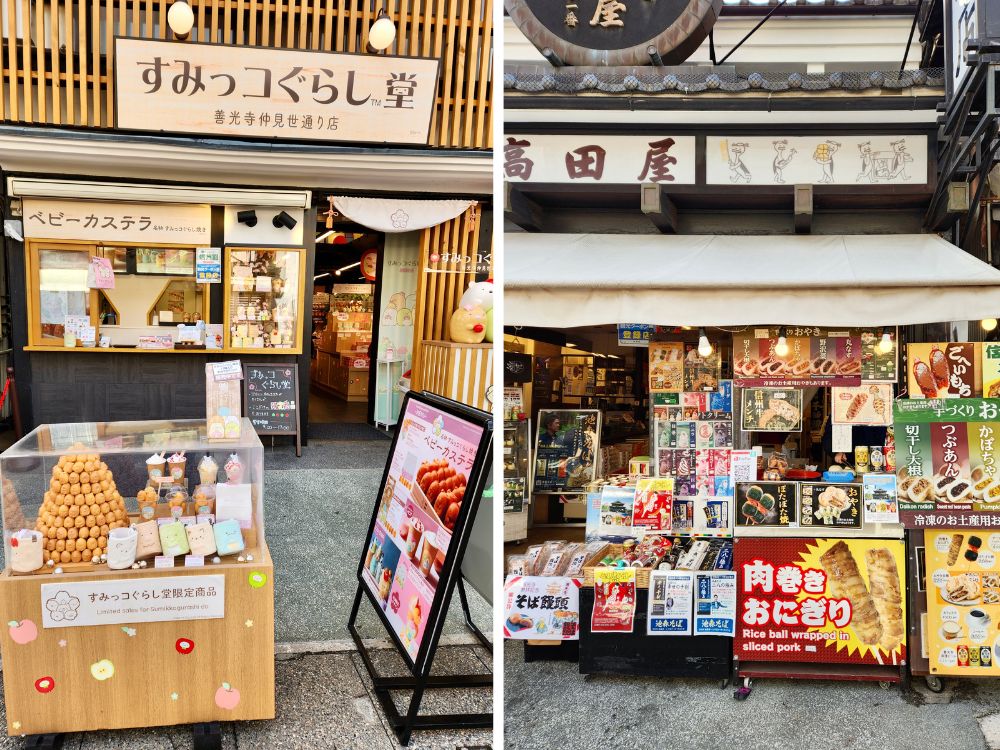

Try the local specialities of Oyaki, dumplings stuffed with ingredients such as miso, eggplant, bean paste, cheese, and so on; a hot and crumbly apple pastry; or even miso-flavoured ice cream.
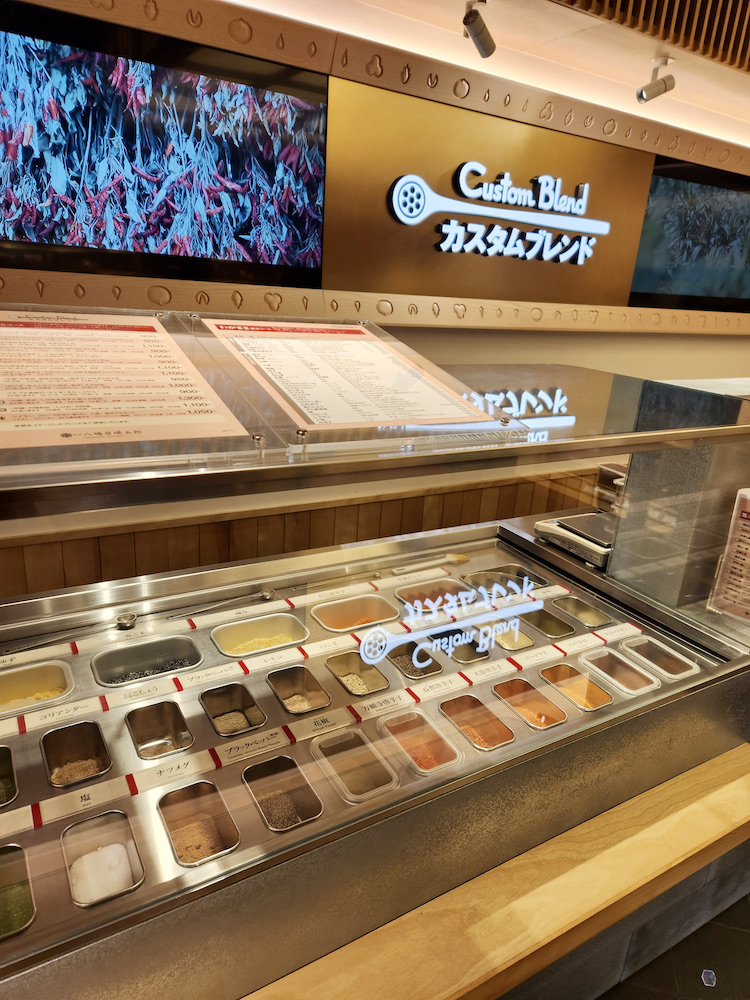
Don’t miss out on Yawataya, which was founded in 1736. It’s famous for its seven-spice blend, which has been immensely popular since the Edo period. Snag a range of seven-spice blends, or even customise your own.
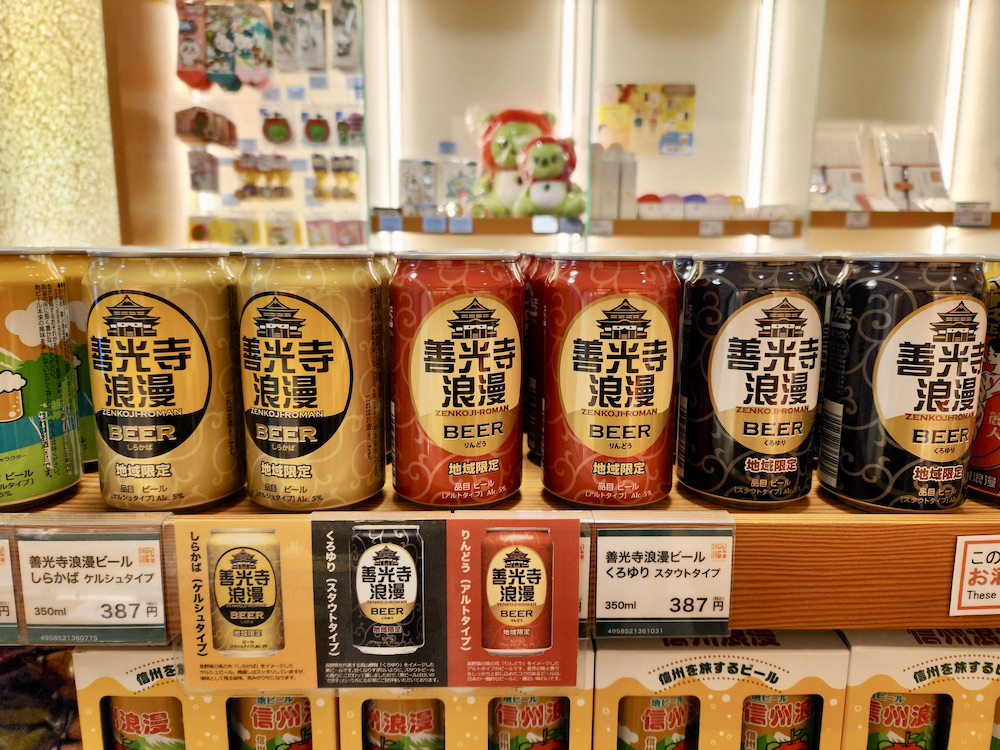
The area even has its own special beer!
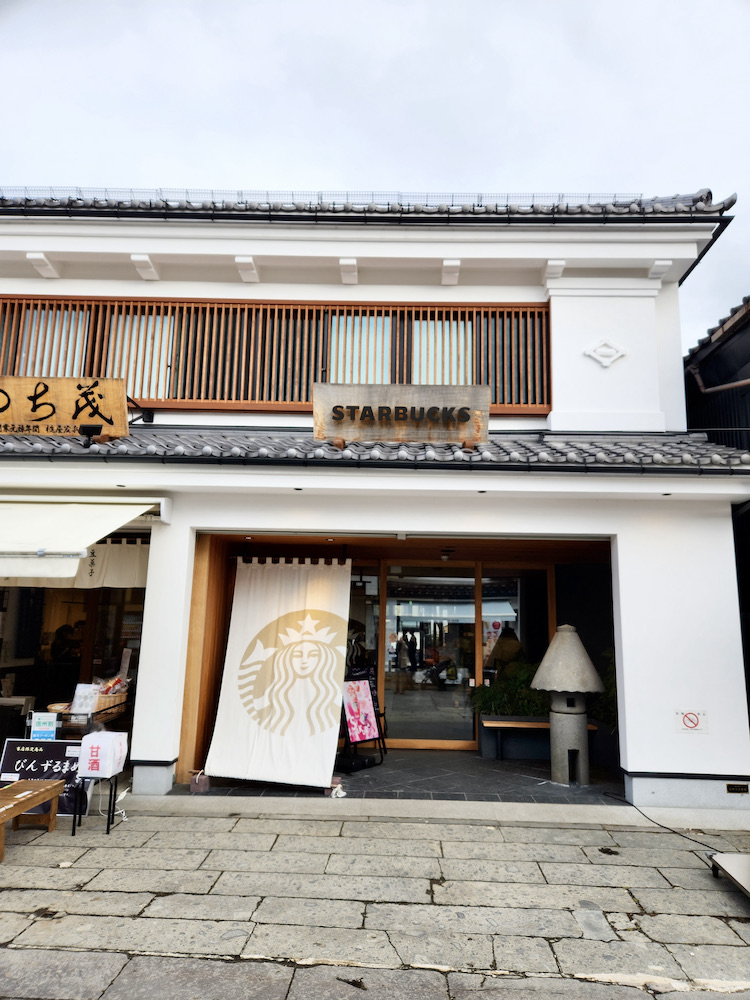
Also, how aesthetic is this Starbucks?
How to get to Zenkoji Temple
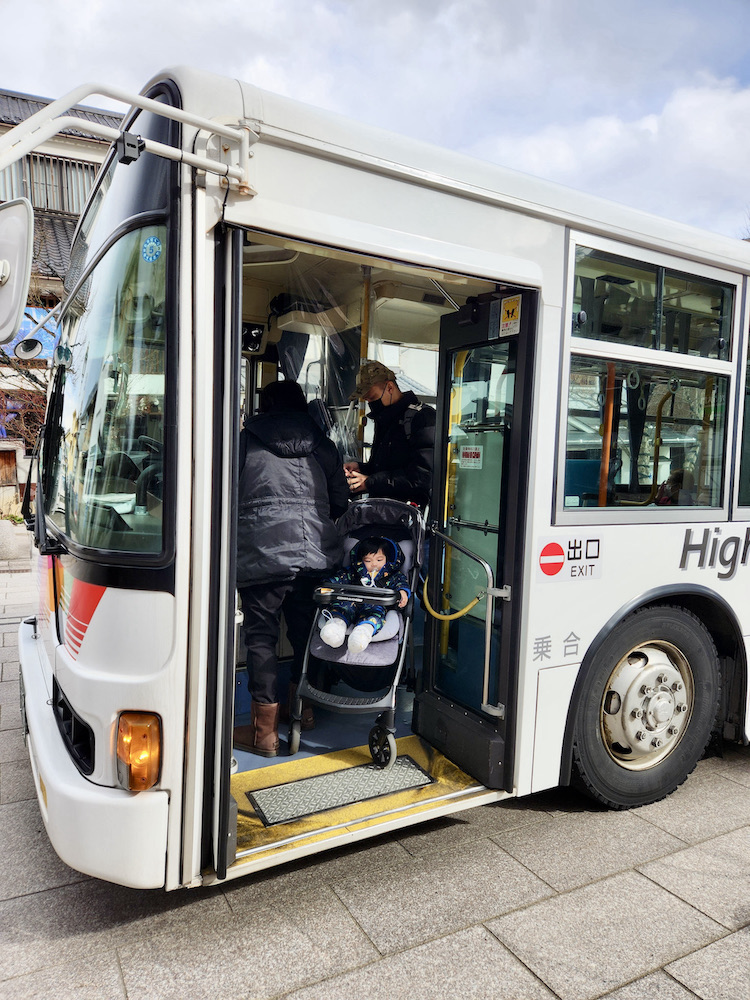
Zenkoji Temple can be easily reached via a ten-minute bus ride from JR Nagano Station.
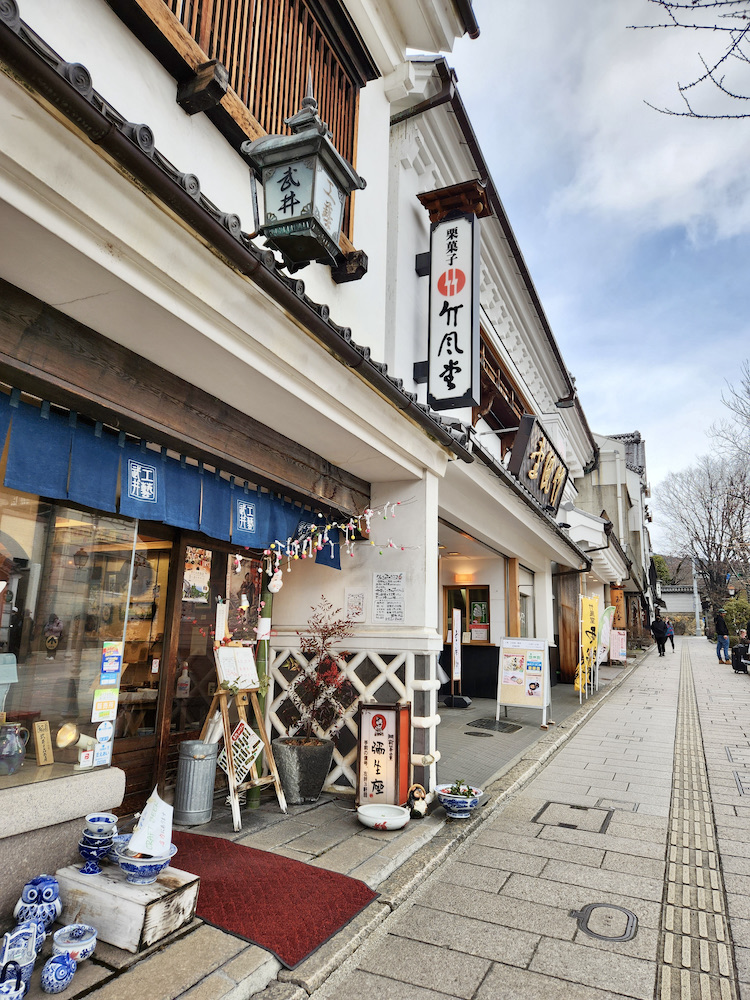
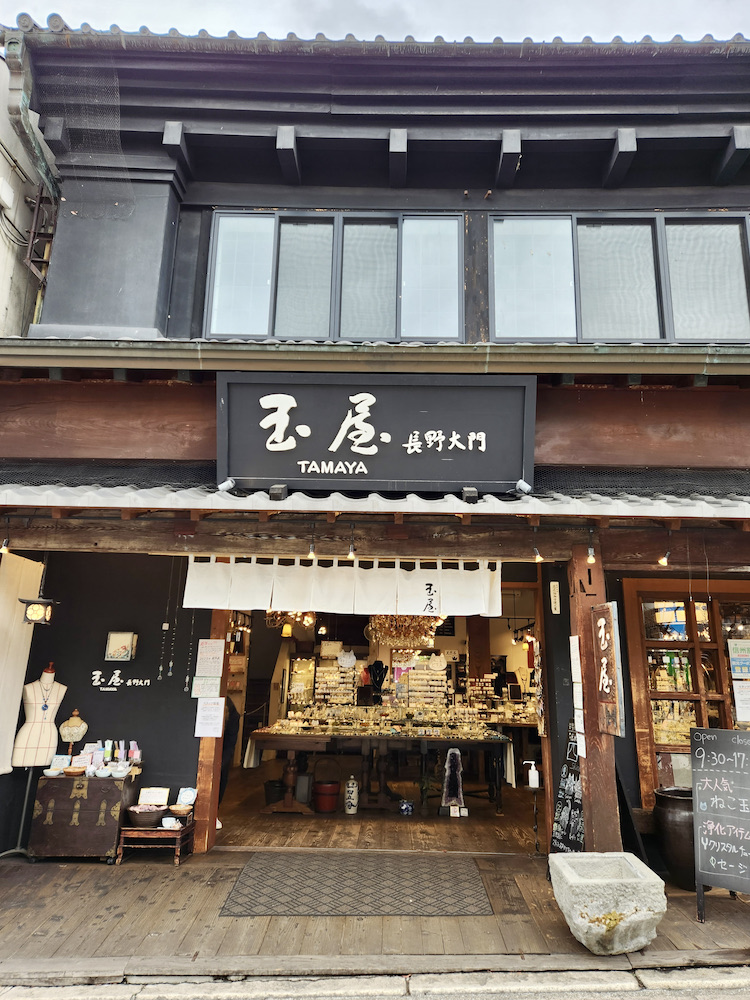
From the bus stop, it's an easy walk to the temple. You'll pass by a whole line of shops too!
If you prefer to take the train, take a 4-minute ride from Nagaden Nagano Station (next to JR Nagano Station) to Zenkojishita Station, and walk around 5 to 10 minutes to the temple. Otherwise, you can also reach Zenkoji Temple in around 30 minutes on foot from JR Nagano Station.
BONUS: Where to stay in Nagano
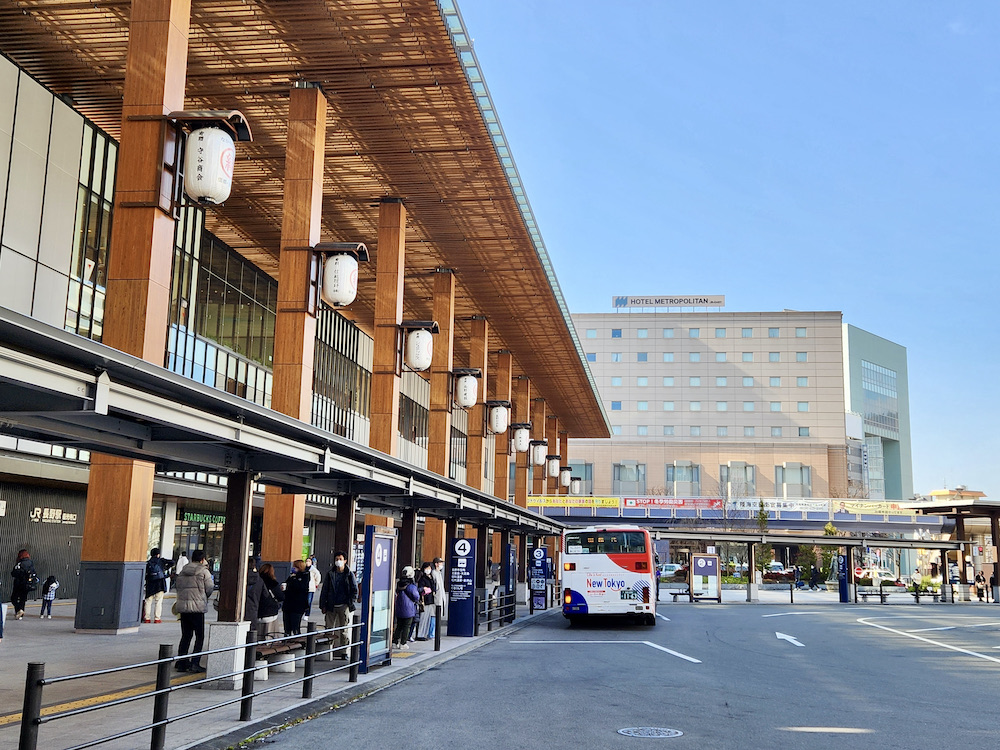
Hotel Metropolitan Nagano is a great find! Directly connected to the JR Nagano Station, the hotel makes it easy to catch early trains or buses. There are lots of dining options in and around the station as well.
